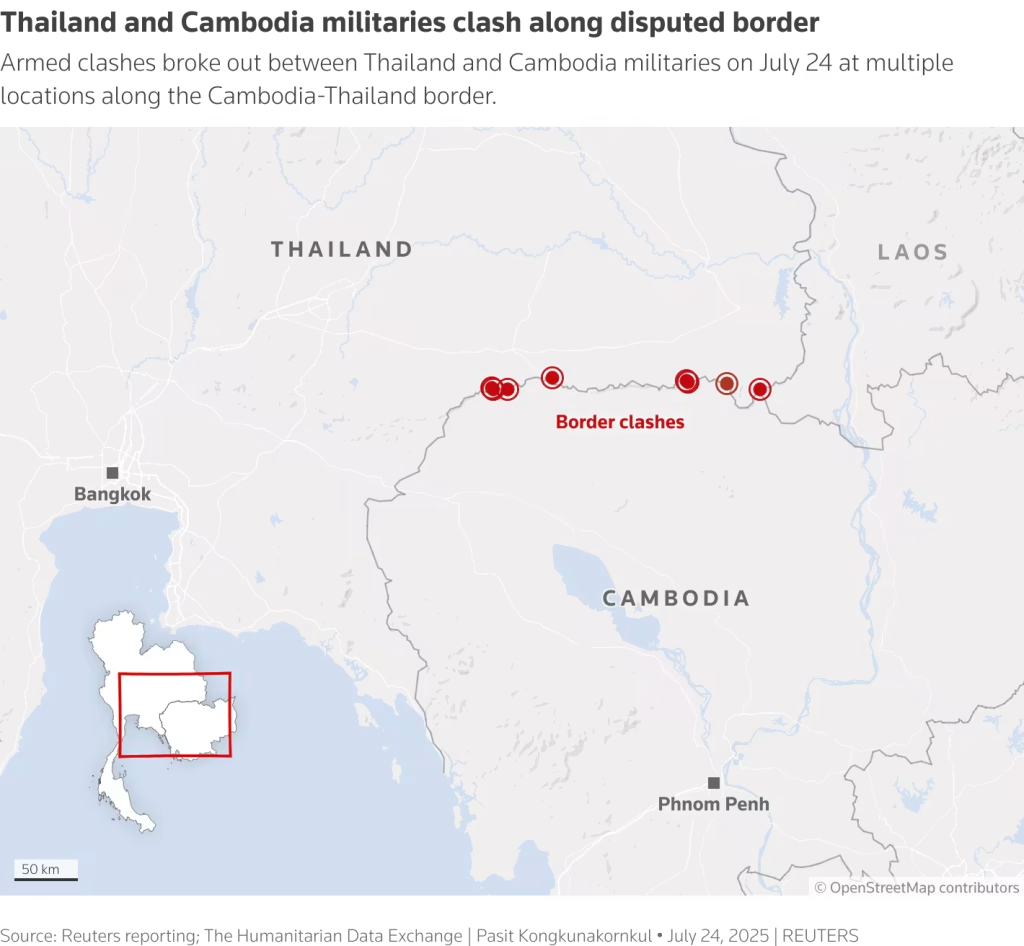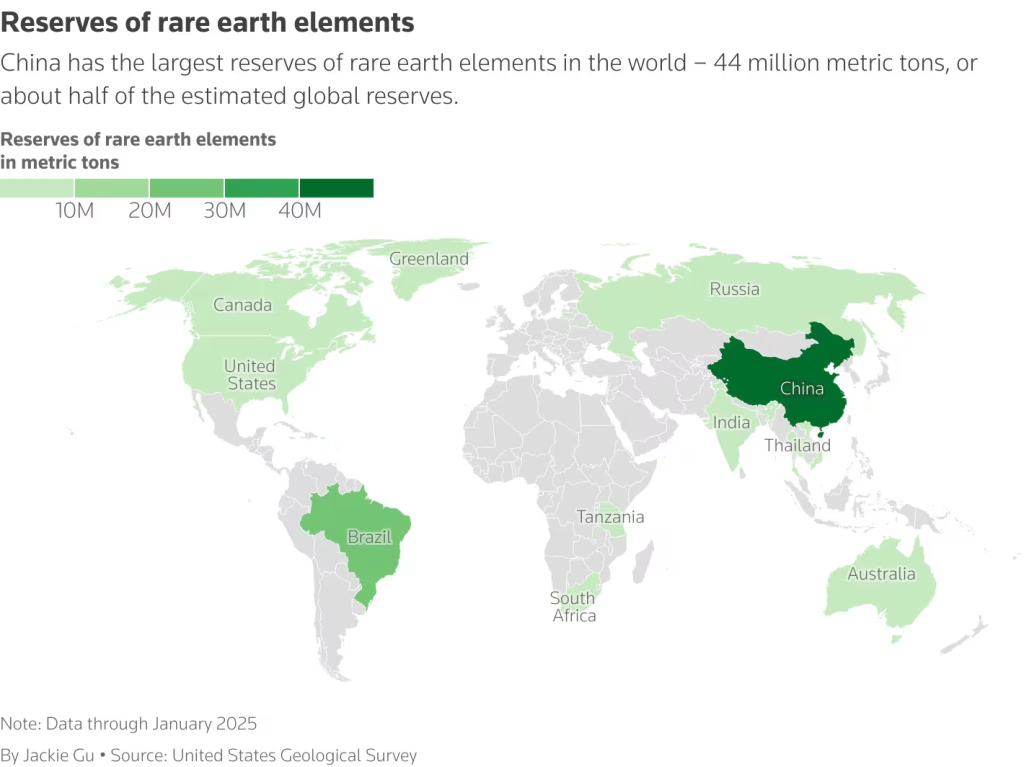Nearly two dozen world leaders have arrived in Malaysia’s capital for the 47th Summit of the Association of Southeast Asian Nations (ASEAN), marking one of the bloc’s most consequential gatherings in recent years.
Over three days, from 26 October 2025 (Sunday) to 28 October 2025 (Tuesday), heads of state and senior officials will discuss issues that cut to the heart of Asia’s economic and security landscape, from the ongoing U.S. trade war and China’s rare earth dominance to a fragile peace accord along the Cambodia-Thailand border.
This year also marks a historic milestone: the induction of East Timor (Timor-Leste) as ASEAN’s 11th member, expanding the bloc’s population to over 679 million people with a combined GDP of US $3.9 trillion.

Who’s in the Room
The summit is attended by leaders from all ASEAN member states except for Myanmar, whose acting president, Senior General Min Aung Hlaing, remains absent amid the country’s ongoing civil war.
On the global front, the United States, China, Japan, South Korea, Australia, New Zealand, India, and Russia are represented at the accompanying East Asia Summit.
High-profile attendees include U.S. President Donald Trump, Chinese Premier Li Qiang, Japanese Prime Minister Sanae Takaichi, South Korean President Lee Jae Myung, Australian Prime Minister Anthony Albanese, and New Zealand Prime Minister Christopher Luxon.
Russian Deputy Prime Minister Alexander Novak represents Moscow, while Indian Prime Minister Narendra Modi joins virtually.
Also in attendance are Brazil’s Luiz Inácio Lula da Silva, Canada’s Mark Carney, and South Africa’s Cyril Ramaphosa, reflecting ASEAN’s widening diplomatic orbit. Heads of major global institutions — including the World Bank, IMF, and ILO will participate in select sessions.
Cambodia–Thailand Peace Pact
A key moment of the summit will unfold on Sunday when Cambodia and Thailand sign a long-awaited peace pact to end months of deadly conflict along their shared border.
The ceremony, presided over by President Trump and Prime Minister Anwar Ibrahim, follows a brief but violent escalation in July that left dozens dead and hundreds of thousands displaced.
Malaysia, China, and the U.S. brokered a ceasefire after five days of clashes. Yet ceasefire violations have persisted, and the underlying dispute over border demarcation remains unresolved.

Observers warn that the deal may be more symbolic than transformative. Critics in both countries argue that Washington’s threat of tariffs pushed the parties to sign, a short-term win that some view as “economic blackmail” rather than a genuine path to peace.
Trade Wars and Economic Jockeying
The ASEAN Summit comes amid deepening global trade tensions. In April, the U.S. rolled out its “Liberation Day Tariffs”, targeting most trading partners, including ASEAN members with duties ranging from 10 to 20 percent, rising to 25 percent for Brunei and 40 percent for Laos and Myanmar.
The move aimed to cut the U.S. trade deficit but has rattled export-driven economies across the region.
In response, China has tightened export controls on rare earth minerals, vital to semiconductors and electric-vehicle manufacturing, further amplifying global supply-chain anxieties.
“Pretty much everyone is going to be trying to get in the room with Trump to talk about tariffs,” noted Marco Foster, ASEAN director at Dezan Shira & Associates. “Every country wants to secure their deal.”

Myanmar’s Empty Seat
Myanmar remains ASEAN’s biggest unresolved crisis. The country has been engulfed in civil war since 2021, when the military overthrew its elected government.
ASEAN’s Five-Point Consensus, calling for a ceasefire, dialogue, and humanitarian aid — has yielded little progress. As a result, Malaysia retains the bloc’s chairmanship into 2026, with the Philippines now slated to host next year’s summit instead of Myanmar.
Regional lawmakers warn that the conflict is spilling across borders, fueling drug trafficking, arms flows and refugee movements. “Myanmar has become a destabilising factor in Southeast Asia,” said Charles Santiago, co-chair of ASEAN Parliamentarians for Human Rights.
The ASEAN Dilemma
Despite its growing economic weight, ASEAN faces a structural challenge: its consensus-driven model limits enforcement. The bloc has no supranational authority to compel members to follow through on agreements, a stark contrast to the European Union.
Analysts say this reflects ASEAN’s post-colonial origins. Formed in 1967 to preserve sovereignty amid Cold War rivalries, the bloc was built on non-interference and respect for national independence — values that remain deeply embedded today.
“Because ASEAN was born out of independence, it will never accept a system that limits member sovereignty,” said Foster. “The nation-state will always come first.”
Malaysia’s Moment
As this year’s host and chair, Malaysia carries both symbolic and strategic weight. For Prime Minister Anwar Ibrahim, the summit offers a stage to position Kuala Lumpur as a neutral convener and bridge-builder between competing powers.
Malaysia has framed the summit around the theme “Inclusivity and Sustainability”, highlighting the bloc’s push for digital integration, supply-chain resilience, and green investment — issues seen as vital to ASEAN’s next decade of growth.
The summit also coincides with ongoing talks on the ASEAN Digital Economy Framework Agreement (DEFA), a major initiative to create a regional digital single market by 2030.
What’s at Stake
For ASEAN, this is no longer just a diplomatic ritual, it’s a test of relevance in a fragmented world.
The bloc’s ability to balance U.S. and Chinese interests, resolve its internal conflicts, and push forward on economic integration will determine whether Southeast Asia remains a battleground for superpowers or emerges as a region of agency and strategic independence.
“This summit is ASEAN’s moment of truth,” said one senior diplomat in Kuala Lumpur. “If the region can’t turn dialogue into deliverables, the world will decide ASEAN’s future for it.”








